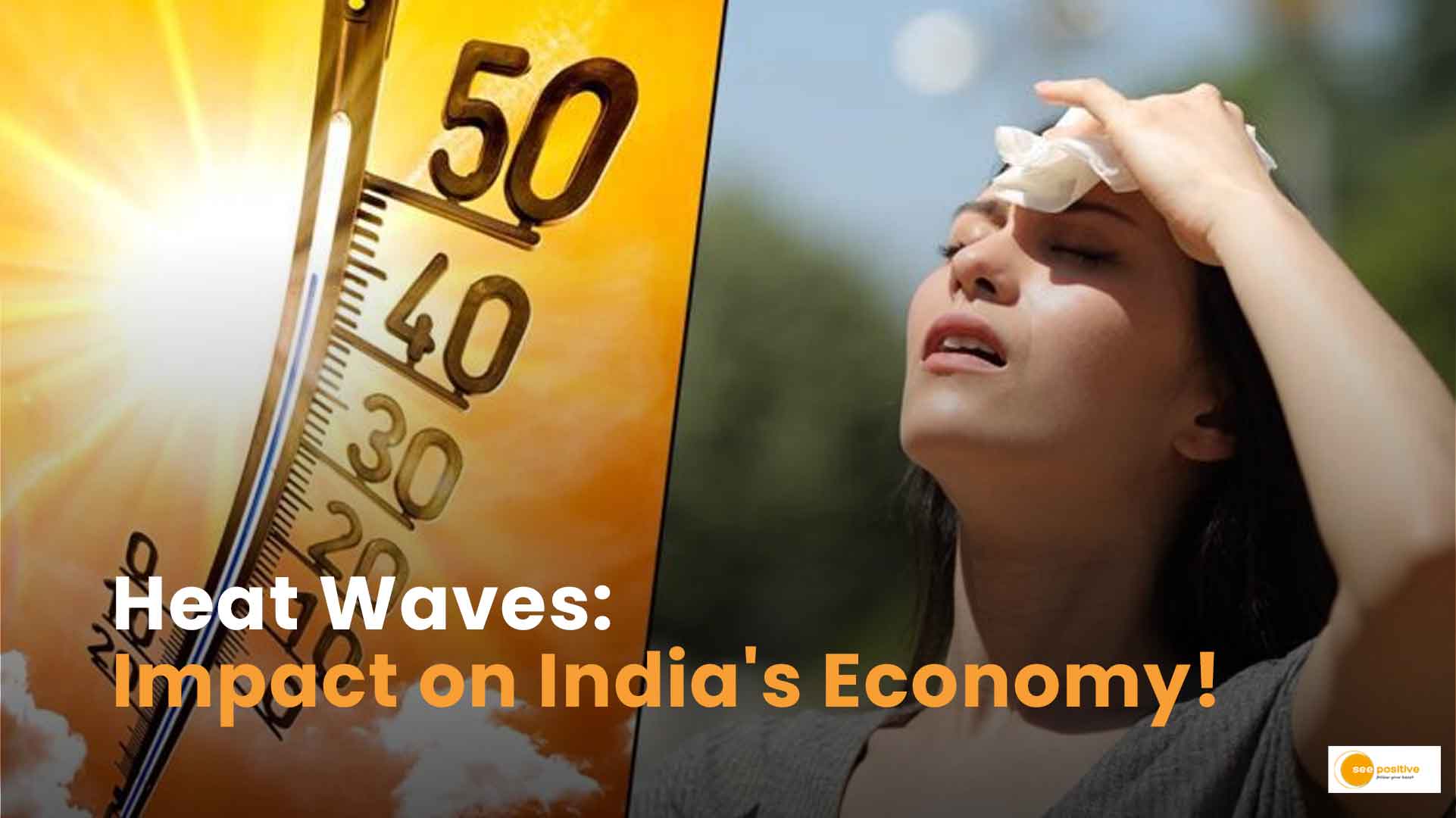Historically Indian agriculture has always been subject to the vagaries of the monsoon and agriculture in India is often referred to as ‘gambling in the monsoon’. With improved irrigation (drip, sprinkler irrigation), high yielding variety (HYA) seeds and fertilizers, the impact of monsoon on agriculture has reduced.
What does the report say?
The IPCC Working Group (I) examined extreme heat and extreme unusual temperatures in India from March 2022 to April 2022. The group surprisingly found that such events were 30 times more likely to occur than they would have been without climate change.
Relation to climate change
While the intense and sustained heat wave affects the entire development spectrum, it disproportionately affects the poor, deprived and vulnerable sections of the population. The Indian economy is being adversely impacted by damaged human and animal health, reduced crop yields, drought, increasing pest and disease pressure, and soil erosion.
Livestock are also being affected
Heat waves also reduce animal feed production and reduce animal productivity, increasing milk prices. And harm the electricity grid. Similarly, poultry and fisheries are also being affected by deteriorating air quality and increasing climate change. Such aspects require effective measures to deal with heatwaves and their consequences.
What does economic and policy research say?
According to the latest report of the Department of Economic and Policy Research (DEPR), climate change resulting from rising temperatures and changing patterns of monsoon rainfall in India could cause a loss of 2.8% of GDP to the Indian economy and the standard of living of almost half of its population. There may be a decline.
The scary findings of the report show that India witnessed a record heat wave, which greatly affected workers, labor migrants, low-income families. Similarly, a recent report by Climate Transparency revealed that India faced an income loss of 5.4% of gross domestic product (GDP) in 2021, the highest among G20 countries.
READ MORE भविष्य के इस खतरे को कैसे रोक सकते हैं हम?
At the end
One of the root causes of heatwave in India is global warming. Which means a long-term increase in the Earth’s average temperature due to human activities such as burning fossil fuels, deforestation and industrial activities.


